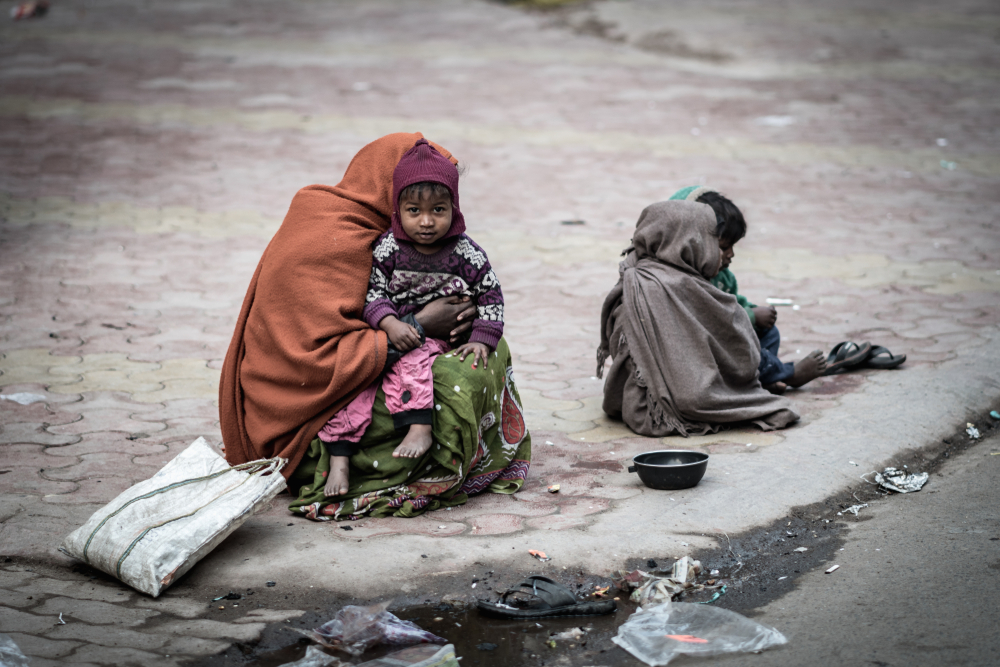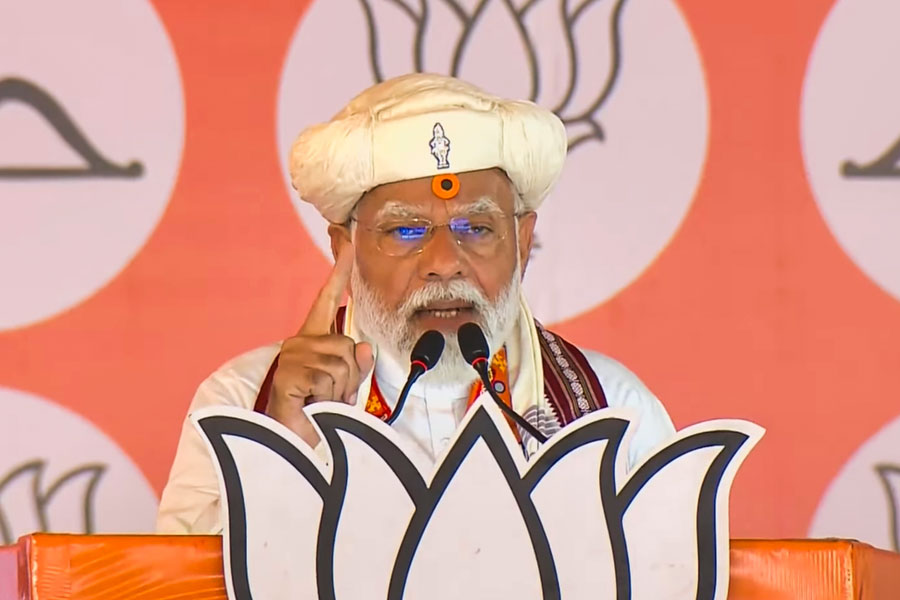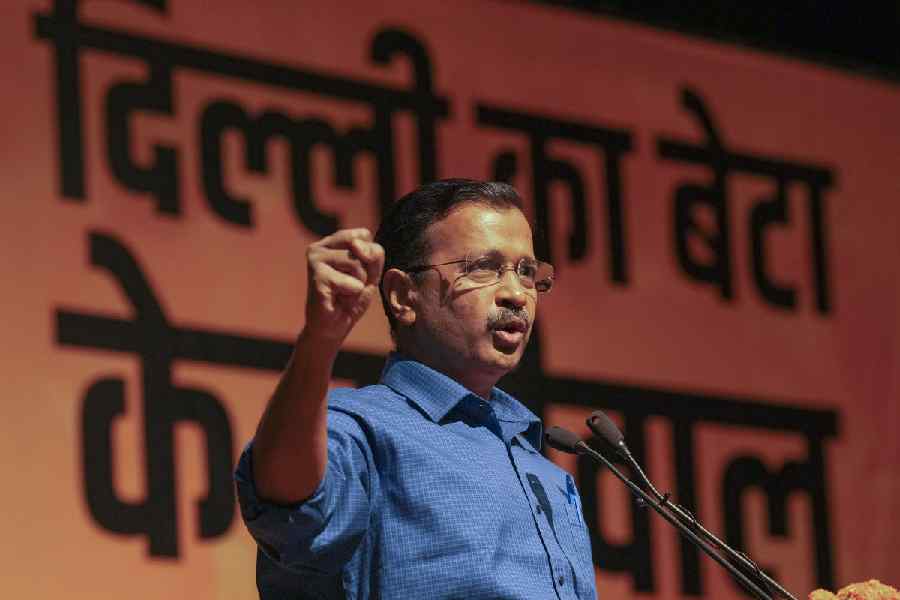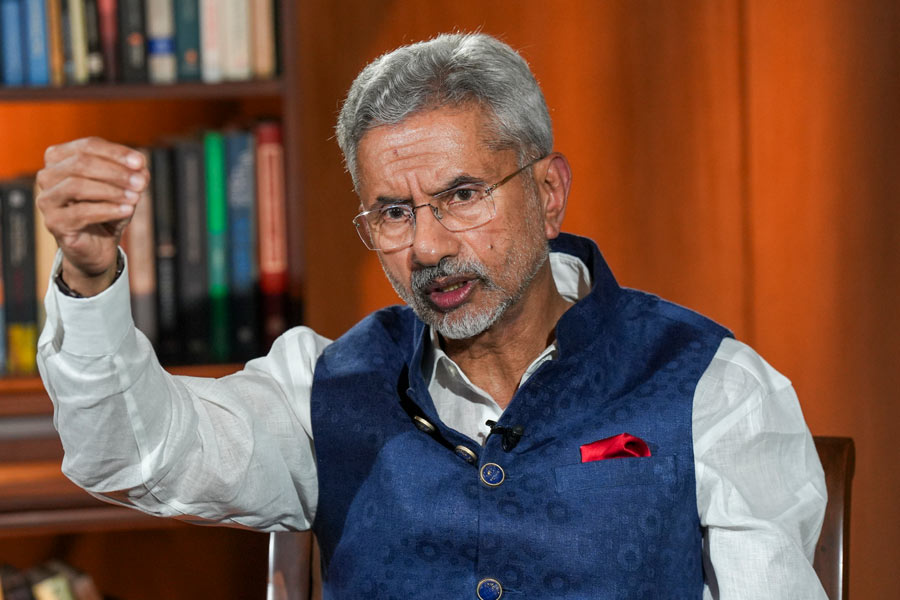The author is a doctoral researcher in Sociology at Jawaharlal Nehru University
Unequal access to land, labour and capital continues to weaponise inequalities based on caste, religion and ethnicity in ways that weaken our collective struggle to defeat patriarchy. The radically empathetic, humanising, anti-oppressive framework that we associate with the feminist approach is conspicuous by its absence when it comes to begging, especially with regard to cis- and transgender women who beg for a living.
Anti-begging laws
The first legal measure against begging and vagrancy in India was the European Vagrancy Act, 1874, which was meant for people of European descent. Since then there have been various legal provisions to outlaw begging in different parts of the country. The current legal definition of a beggar in India has its roots in the Bombay Prevention of Begging Act (BPBA), 1959, and defines a beggar as anyone “having no visible means of subsistence, and wandering about or remaining in any public place in such condition or manner, as makes it likely that the person doing so exists by soliciting or receiving alms.” The Act also includes “soliciting or receiving alms in a public place, whether or not under any pretence of singing, dancing, fortune-telling, performing or offering any article for sale.”
In August 2018, a historic `judgment` of the Delhi High Court held some provisions of the state’s anti-begging law unconstitutional. However, such laws exist in at least 20 other states and union territories.
Due to the lack of engagement with the problem, begging remains a highly stigmatised activity about which little is known to the public besides popular urban myths of an insidious begging mafia, and the stereotype of the lazy, negligent mother exploiting her children to earn an income.
Below are a few stories from my fieldwork in Delhi and Mumbai, about women who beg, and who view it as a legitimate economic activity in the absence of state welfare.
As far back as 1894, Clara Zetkin, the German activist and women’s rights advocate, wrote in protest against the mainstream feminism of the time, “Bourgeois feminism and the movement of proletarian women are two fundamentally different social movements.” In 2019 in India, Zetkin’s statement is still relevant, and continues to drive the agenda for the fight for women’s empowerment.
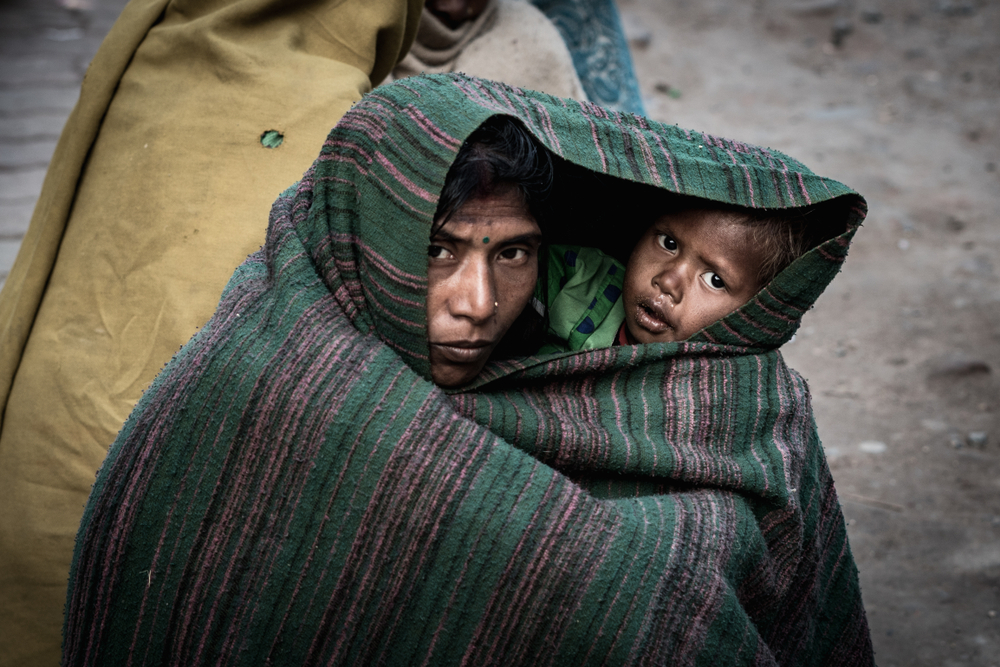
A woman’s decision to leave home to beg, or to be homeless in an unknown city, is not just intimidating, but also an act prompted by adverse circumstances beyond her control (Shutterstock)
Women’s entry into begging
There is usually a specific pattern of life events that marks women’s entry into begging, that also involves migration and dislocation. Unlike male beggars, who often choose to migrate to the city, mostly to overcome economic constraints, women’s migration to the cities is often involuntary. A woman’s decision to leave home to beg, or to be homeless in an unknown city, is not just intimidating, but also an act prompted by adverse circumstances beyond her control. Lack of power over our own bodies, mobilities and fate marks the history of our oppression as women, and women beggars are no exception.
The most common backstories are of broken homes, husband’s second marriage, domestic violence, eviction and abandonment, illness and disability, or sudden changes in the household’s financial situation due to the death, disability or illness of the husband. Many such women migrate to the city from remote parts of the country in search of better opportunities, or to escape abuse and societal rejection as widows, because they are left with no support structure to rely on.
Though undignified and humiliating, begging in a distant city offers relative anonymity, along with the promise of an income that could help sustain the woman and her children. It is often a better alternative to living in the village, where job opportunities for women are limited, especially for uneducated, landless women with low skills.
Securing a better future for their children
Vijaya is a widow in her late fifties. She helps clean the Hanuman Mandir in Connaught Place, Delhi. She says, “It was my fate… lost and wandering from Gwalior, I reached Delhi, and started living on the New Delhi Railway Station platform. Then someone told me to come to the temple with them, and I started coming here… I lived on the station platform for one or two years. Then slowly, when I got acquainted with the folks here, I started living here. I haven’t gone back since then.”
In return for her service, the temple lets her sit in the square outside, and acts as the custodian of her few belongings and her overall well being. Vijaya derives a sense of identity from her association with the temple authorities, regular worshippers, and donors, and is able to find support and a sense of belonging in the big city that is now her home.
With her income from begging, Vijaya has educated her sons, found them shared accommodation in the city, and also got her adopted daughter – whom she found abandoned at the railway station – married.

Once I started earning my living from here, I stopped going to the ministers – may they burn in hell! Nobody gave me a hearing… I don’t like to beg either. Even today if I get a kiosk or a job anywhere, I’d stop begging.
Radha, a 45-year-old woman with a disability in New Delhi
Begging as ‘work’ for women with disabilities
It is not uncommon for women belonging to lower socioeconomic backgrounds and living with locomotor disabilities of varying degrees to take to begging to support themselves and their family. In the absence of adequate state welfare and life-skills training to help integrate them into society, begging is a survival strategy and an effective means to generate an income, due to practical factors such as flexible work hours, and limited mobility requirement. Being able to earn an income in this manner gives them a sense of self-worth from being productive and gainfully employed.
Radha, a 45-year-old disabled woman, also begs at the Hanuman Mandir. She recalls the story of her reluctant entry into begging thus: “One day, I was crying at the station. So, another lady, who was also a disabled person from Jehangirpuri, asked me, ‘Why are you crying, sister? Where is your home?’”
Radha narrated her story to the stranger: “I have very small kids, I am a disabled person, nobody gives me any work. How to bring up my children? How to pay my rent?” She says the woman advised her to go to the Hanuman temple at Connaught Place, where she would get blankets, fruits, sweaters, food. She adds, “I told her I am from a good family, belong to a good caste… I’d rather poison myself and the kids, lay on the tracks, but I’m not going to the temple to beg.”
Originally from Darbhanga, Bihar, Radha first came to Delhi with her family in search of better opportunities, after her husband, a construction labourer, met with an accident at work that rendered him unemployable. She worked in factories in the city, persevering despite sexual harassment and meagre pay, until an accident left her with a permanent disability in one of her legs. Her job prospects rapidly declined.
Transgender women at the intersection of marginalities
Transgender women are perhaps the most stigmatised of all individuals who beg, and are perpetually vulnerable in the criminal justice system. Popular terms for trans women in India are hijra, kinnar, and TG (short for transgender). These are some of the terms they prefer over the pejorative “eunuch”, used in old official documents including the BPBA.
Not only do transgender women face societal rejection and humiliation in their daily lives, but discriminatory attitudes also infiltrate the justice system in ways that deny them basic humanity and rights such as registering FIRs for sexual exploitation and domestic violence. As one of them said, “Aap ‘special’ ho bol ke hume ‘pending’ mein daal dete hain” [they say we are ‘special’ and leave our cases pending].
These prejudices against trans women are such an indelible part of our social world that often the relative privileges of class, caste or even a good education do not help them secure or keep jobs that they are qualified for, leaving little room for most to fulfil their aspirations.
Replying to my queries in English, 22-year-old Suzie, a trans woman from Mumbai, said she held office jobs twice, but had to quit both because her colleagues made her feel unwelcome and excluded. She says: “I’m 12th pass, yet I go beg on trains… I’ve interviewed in so many places, did some jobs too, but there was no acceptance in those places. People would give me the looks, make faces at me, I used to get really upset. And then I didn’t feel like doing it any more, so I quit.”
She adds: “I quit without even collecting my salary. There was no acceptance, and I used to get this strange feeling that I am completely alone… and everyone else was preoccupied with their own lives. Sometimes I’d feel like, ‘Man, why am I even here in this office.’”
All the transgender participants in the study complained of domestic violence, street harassment, and unwanted advances from men when they work in the streets or beg on trains. While they said they enjoyed a harmless compliment for their looks or performances, the attention they got rarely stopped at that, and often bordered on harassment and threats.
Due to systemic disenfranchisement and a general lack of opportunities and policies aimed at empowering the transgender community, begging and sex work remain the most common livelihood options for them in the cities. Not very long ago, trans women who were arrested under the anti-begging law were strip-searched and housed in the same barracks as male beggars in a gross violation of their human rights and dignity. Later, when they were provided with separate barracks, these were still located within the premises of the male section of beggar homes.

I’m 12th pass, yet I go beg on trains… I’ve interviewed in so many places, did some jobs too, but there was no acceptance in those places.
Suzie, a 22-year-old transgender woman in Mumbai
The reality about alternative work
Many women in the city work multiple jobs before resorting to begging. Some still engage in daily wage labour from time to time, to supplement their income from begging. Some women with disabilities spend years waiting outside government offices, pleading for assistance under schemes that support self-employment.
Contrary to common belief, none of these women regard begging as a desirable option. But once they are in it, they come to see it as viable means of earning a livelihood, and a way to improve their own and their families’ living conditions.
Mothers who beg rarely wish for their children to grow up begging. Radha, mentioned above, narrates her futile attempts to get government assistance as a person with a disability. She eventually gave up because officials did not give her a hearing. She says: “Once I started earning my living from here, I stopped going to the ministers – may they burn in hell! Nobody gave me a hearing… I don’t like to beg either. Even today if I get a kiosk or a job anywhere, I’d stop begging.”
Recent studies interpret begging as an evidence of reworking and resilience in the urban landscape among individuals who refuse to be passive in the face of oppressive socioeconomic conditions that are an inevitable outcome of a neoliberal system. The anti-begging rhetoric of contemporary societies, however, may be viewed as a state-legitimated mechanism to deflect from welfare responsibilities by projecting criminality on to the supposed personal failings of beggars, instead of focusing on questions of social justice and the redistribution of wealth. The myth of a begging mafia in India seems to be a time-tested exercise in deflection from some of the harder truths.
Schemes to empower marginalised women may exist on paper, but in practice it is neither easy nor affordable for them to access these benefits. In course of my study, I found that many women were successful in providing a decent education to their children, but the reality of seeking appropriate employment for them belied their hopes. Even when eligible, they could not afford the bribes demanded of them to move paperwork at various offices. As such, these families are among those worst hit by corruption and bureaucratic hurdles that block access to welfare schemes of which they are, in fact, the targeted beneficiaries. This manner of functioning is so pervasive in our country that it ends up supplanting actual procedures to become the norm. It is perhaps here that the real “mafia” exists.

